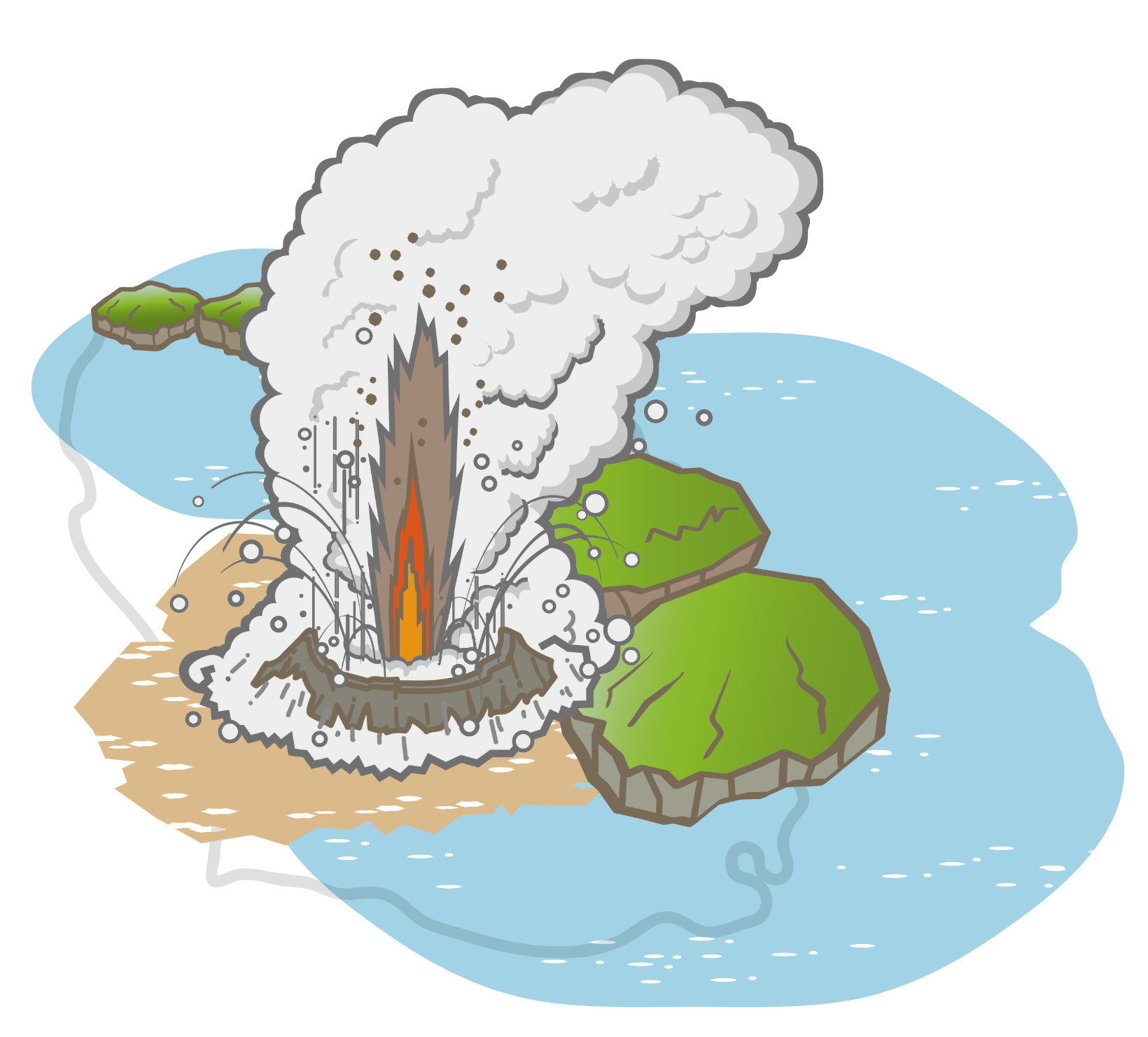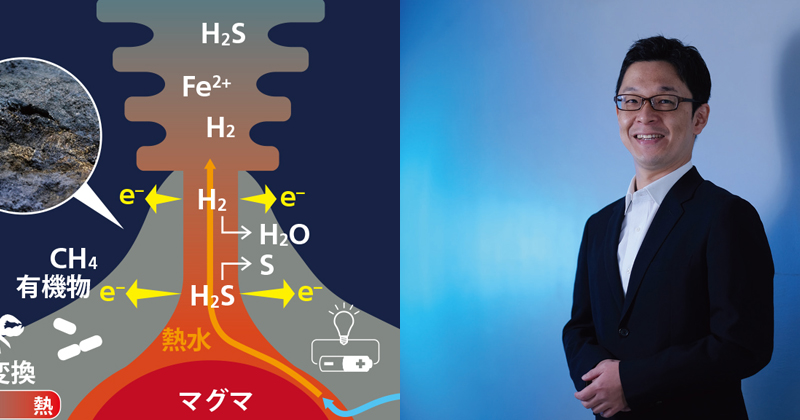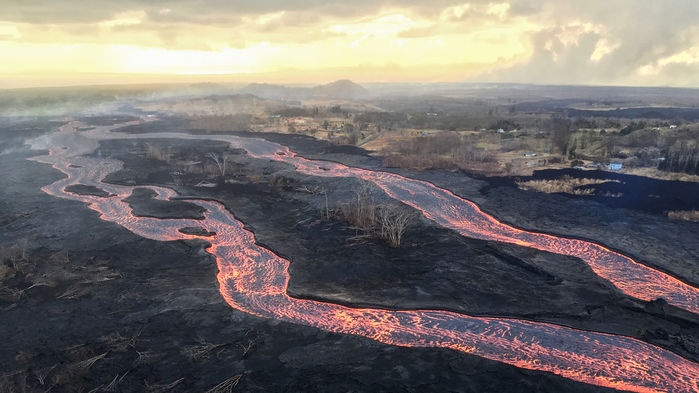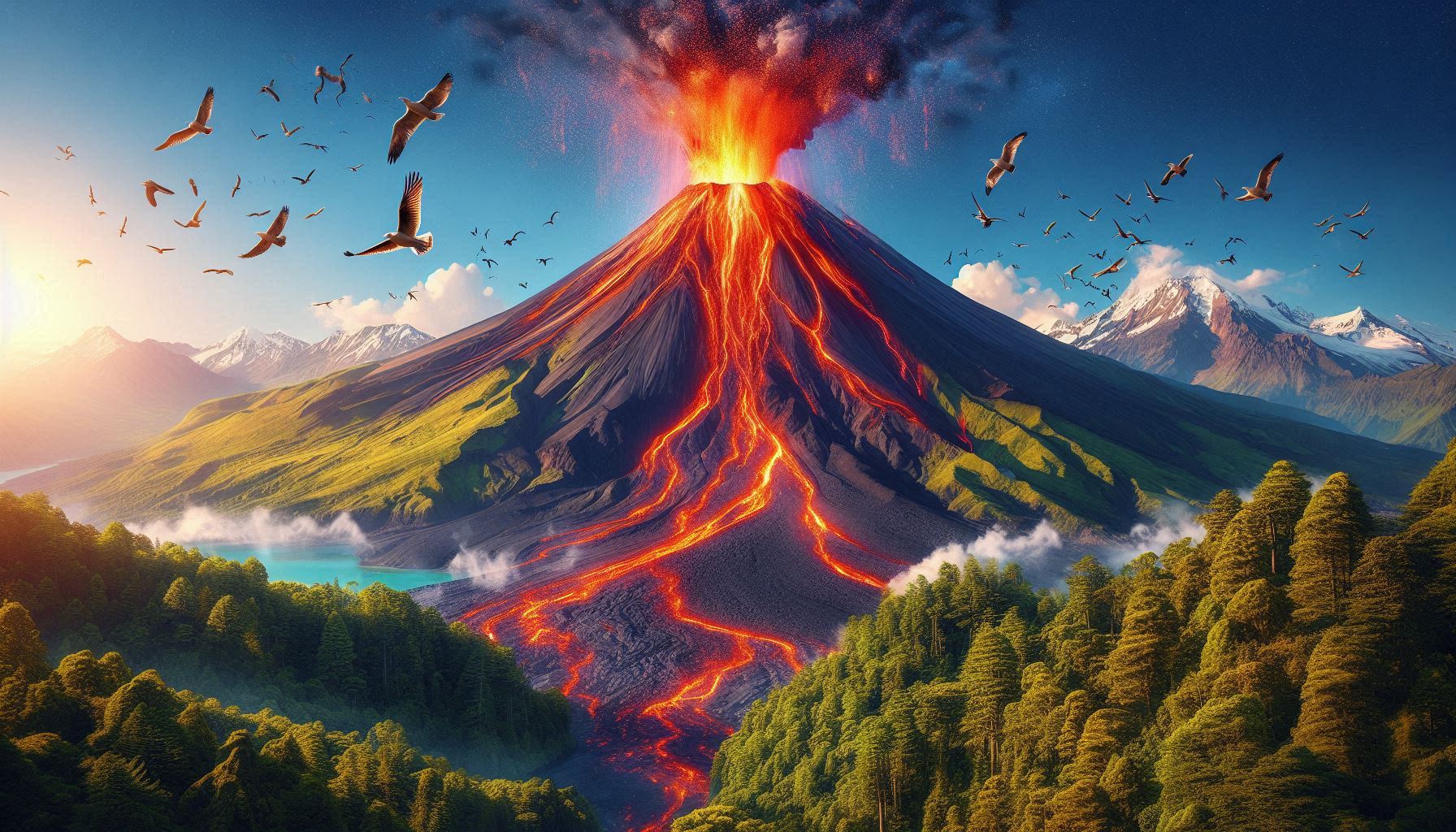As I was researching plates, I started talking about volcanoes. Volcanoes are mountains formed when underground magma erupts onto the surface of the earth or the ocean floor, and it seems that volcanic activity is sometimes said to be proof that the earth is alive, as it shows activity inside the earth. Volcanoes are important because they have intense energy, but at the same time, they also bring various blessings.
Volcanic Energy
Volcanic energy is said to be tremendous energy, including thermal energy from magma, explosive and kinetic energy from lava and volcanic bombs, and vibrational energy from earthquakes and air vibrations. The intensity of a volcanic eruption is expressed by an index called the Volcanic Explosivity Index (VEI), which is classified according to the amount of erupted material as follows: 0-2: everyday, 3-5: large-scale over several decades, 6: gigantic over 100 years, 7: mega-giant over 1000 years, and 8: extremely gigantic over 10,000 years.The energy of some volcanoes is so intense that it reaches the ionosphere, and is often compared to the scale of an earthquake or the impact of a meteorite.
The power to create new things
Volcanoes, due to their high energy, are also powerful in creating new things. When lava from a crater cools and piles up, new islands are born, and at undersea mountain ranges called ocean ridges, the supply of magma creates new ocean plates one after another. When the undersea topography rises significantly, new rising ocean currents may be born.
In terms of nutrient circulation, while nutrients flow to the bottom of the sea, the lava provides iron and phosphorus, and the volcanic ash provides calcium, so this is a rare opportunity. Volcanoes are highly permeable, and the large amount of spring water that comes out from the foot of the mountain supports many living organisms.
In addition, volcanoes can be considered as one of the natural disturbances that moderately destroy stable ecosystems, and after the disturbance, the ecosystem regenerates and diversity increases. Volcanoes have many roles.

Submarine volcanoes are a treasure trove of life
Near the underwater volcano, there are hydrothermal vents that spew out hot water generated by geothermal heat, creating a unique ecosystem in the deep sea. The astonishing biological density there is more than 10,000 times that of the surrounding seafloor, with over 10 billion microorganisms per cm3. Many special organisms have also been found, including bacteria that photosynthesize using infrared rays instead of sunlight, bacteria that use methane and sulfides as energy sources, and microorganisms that generate electricity. The ecosystem of hydrothermal vents is incredible.

Mysterious crickets that live in lava
After the largest eruption of Kilauea volcano, the only multicellular organisms that survived on the cooled lava ground were insects called lava crickets. In the absence of other organisms, they survive by feeding on plants carried by the wind and sea foam, and by the time the plants sprout, they are gone, and no one knows where they went. It’s mysterious that these organisms only appear during eruptions. Where did they come from and where did they go? There are also phenomena in the vegetation transition after the eruption that differ from conventional theories, and there seem to be many mysteries surrounding volcanoes.

Volcanoes are amazing
Volcanoes have intense energy, but they also create new islands and plates, circulate nutrients, and enrich ecosystems in the long term. Volcanoes may be the very activity of the Earth. Volcanoes are amazing. The activity of the Earth is amazing.


